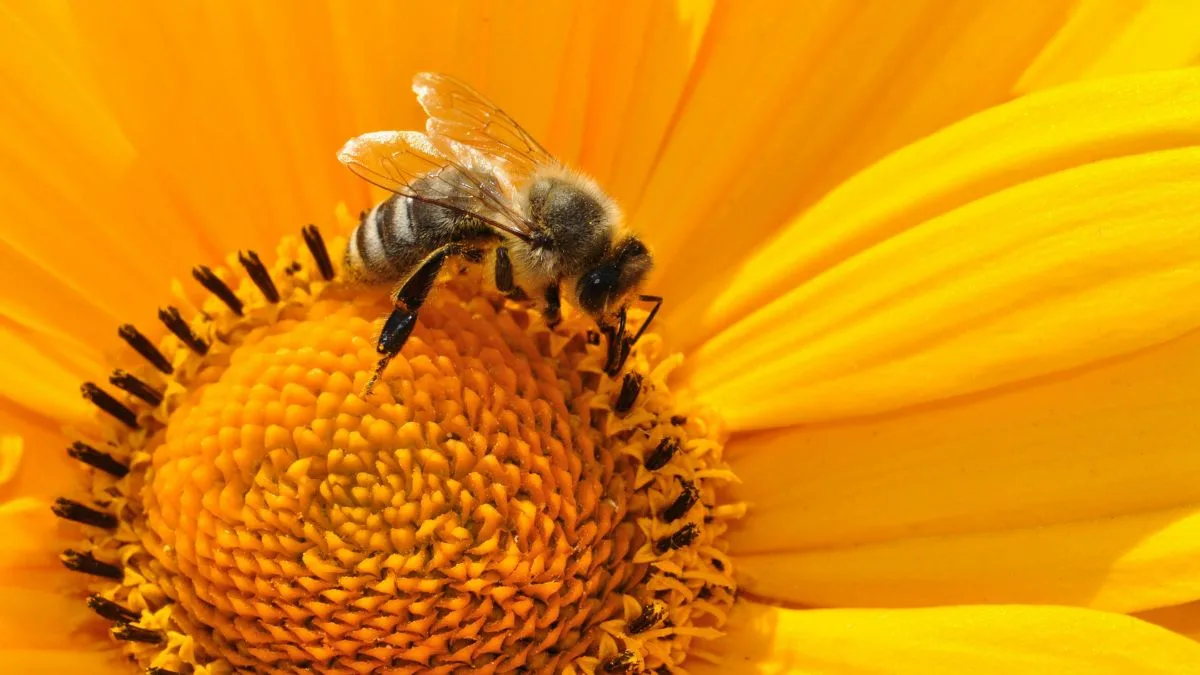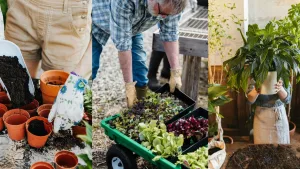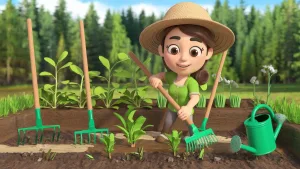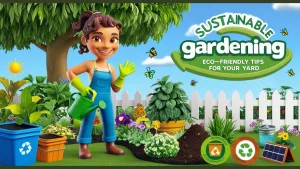
Pollinators like bees, butterflies, hummingbirds, and beetles play a vital role in our ecosystems—they fertilize 75% of flowering plants and 35% of global food crops! Yet habitat loss, pesticides, and climate change threaten their survival. The good news? You can make a difference by transforming your outdoor space into a pollinator-friendly garden. This guide will show you how to create a vibrant sanctuary that supports these essential creatures while boosting your garden’s health and beauty.
Why Pollinators Matter
Pollinators are nature’s unsung heroes. They enable plants to reproduce, ensuring the growth of fruits, vegetables, and wildflowers. Without them, ecosystems would collapse, and food diversity would plummet. Sadly, many pollinator populations are declining. By designing a garden tailored to their needs, you’ll help sustain biodiversity and enjoy a thriving, dynamic landscape.
Step 1: Choose the Right Plants
The foundation of a pollinator-friendly garden is selecting plants that provide nectar, pollen, and habitat.
Opt for Native Plants
Native plants are adapted to your local climate and soil, making them low-maintenance and highly attractive to regional pollinators. Examples include:
North America: Milkweed (for monarch butterflies), Purple Coneflower, Goldenrod
Europe: Lavender, Foxglove, Wild Thyme
Australia: Bottlebrush, Kangaroo Paw, Grevillea
Check with local nurseries or extension services for species suited to your area.
Prioritize Flower Variety
Bloom Times: Plant flowers that bloom in spring, summer, and fall to provide year-round food. Crocus and Lilac (spring), Sunflowers and Bee Balm (summer), and Asters (fall) are great choices.
Colors and Shapes: Different pollinators prefer different blooms. Butterflies love flat, open flowers like Zinnias, while tubular blooms like Penstemon attract hummingbirds.
Step 2: Provide Shelter and Nesting Sites
Pollinators need safe spaces to rest, nest, and overwinter.
Leave Some Areas “Wild”: Allow patches of bare soil, fallen leaves, or dead wood for ground-nesting bees and beetles.
Install Bee Hotels: Drill holes in untreated wood or stack bamboo stalks to create nesting sites for solitary bees.
Add Brush Piles or Rock Walls: These offer shelter for butterflies and other small insects.
Step 3: Offer a Water Source
A simple water feature can make your garden a pollinator oasis.
Place shallow dishes filled with water and stones (to prevent drowning).
Add a birdbath with a sloping edge for easy access.
Refresh water regularly to deter mosquitoes.
Step 4: Avoid Pesticides and Chemicals
Pesticides harm pollinators even in small doses. Embrace natural pest control:
Plant Companion Species: Marigolds repel aphids, while Dill attracts beneficial ladybugs.
Use Organic Solutions: Neem oil or soap sprays tackle pests without toxicity.
Encourage Predators: Birds, frogs, and praying mantises help keep pest populations in check.
Step 5: Maintain Your Garden Sustainably
A pollinator-friendly garden thrives with eco-conscious care:
Mulch Naturally: Use compost or leaves to retain moisture and improve soil health.
Avoid Over-Cleaning: Leave seed heads and stems intact through winter for insect habitats.
Practice Crop Rotation: In edible gardens, rotate plants to reduce soil depletion and pests.
Step 6: Educate and Inspire Others
Spread the buzz! Share your pollinator garden journey with friends, neighbors, and social media. Consider:
Posting photos with hashtags like #PollinatorHero or #SaveTheBees.
Donating excess native plants to community gardens.
Hosting a workshop or school tour to teach conservation practices.
Conclusion: Small Gardens, Big Impact
Creating a pollinator-friendly garden doesn’t require acres of land—even a window box or balcony planter can provide crucial resources. By following these steps, you’ll support biodiversity, combat pollinator decline, and enjoy a lively, colorful outdoor space. Ready to get started? Grab your gardening gloves, and let’s give pollinators the haven they deserve!
Pro Tip: Certify your garden through programs like the National Wildlife Federation’s “Garden for Wildlife” to showcase your commitment to conservation.
By prioritizing native plants, sustainable practices, and pollinator-safe habitats, your garden will become a thriving hub for bees, butterflies, and beyond. Every flower counts—start planting today! 🌸🐝
Share via:




